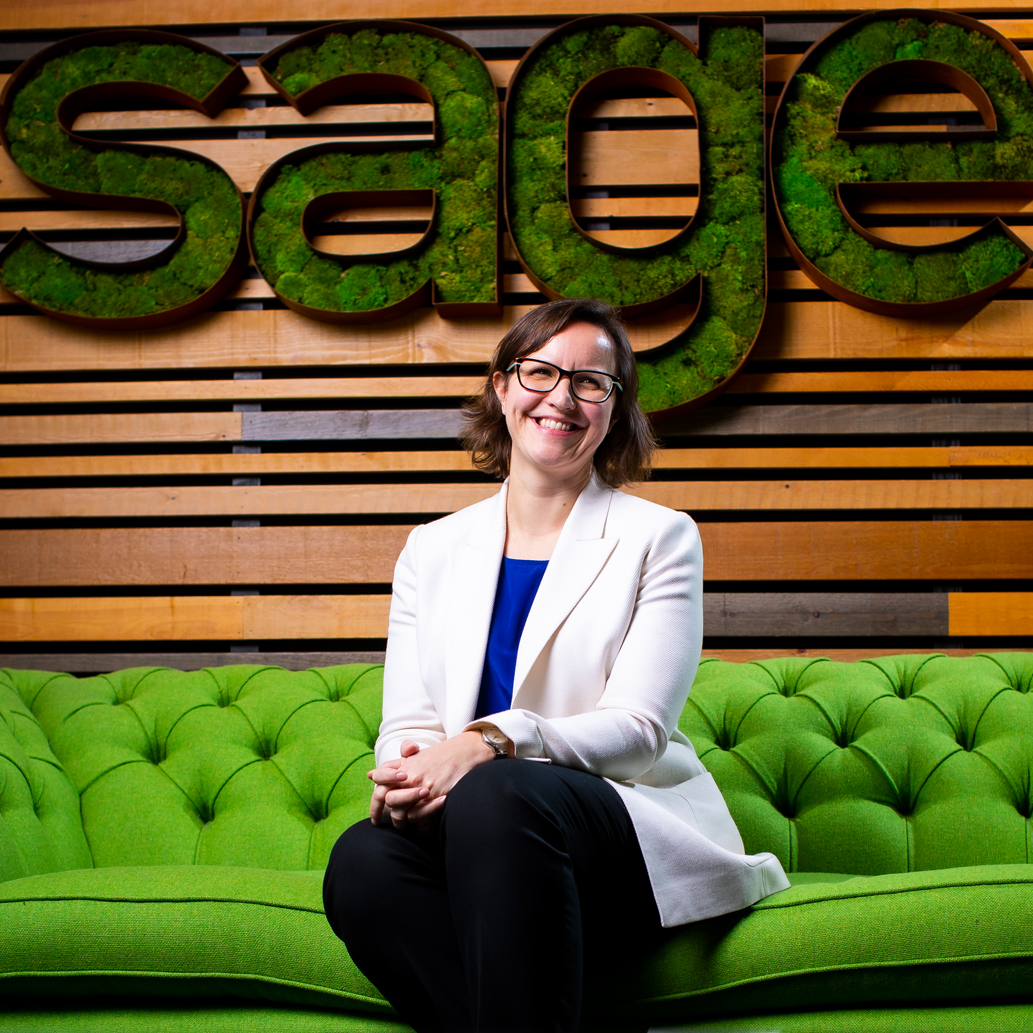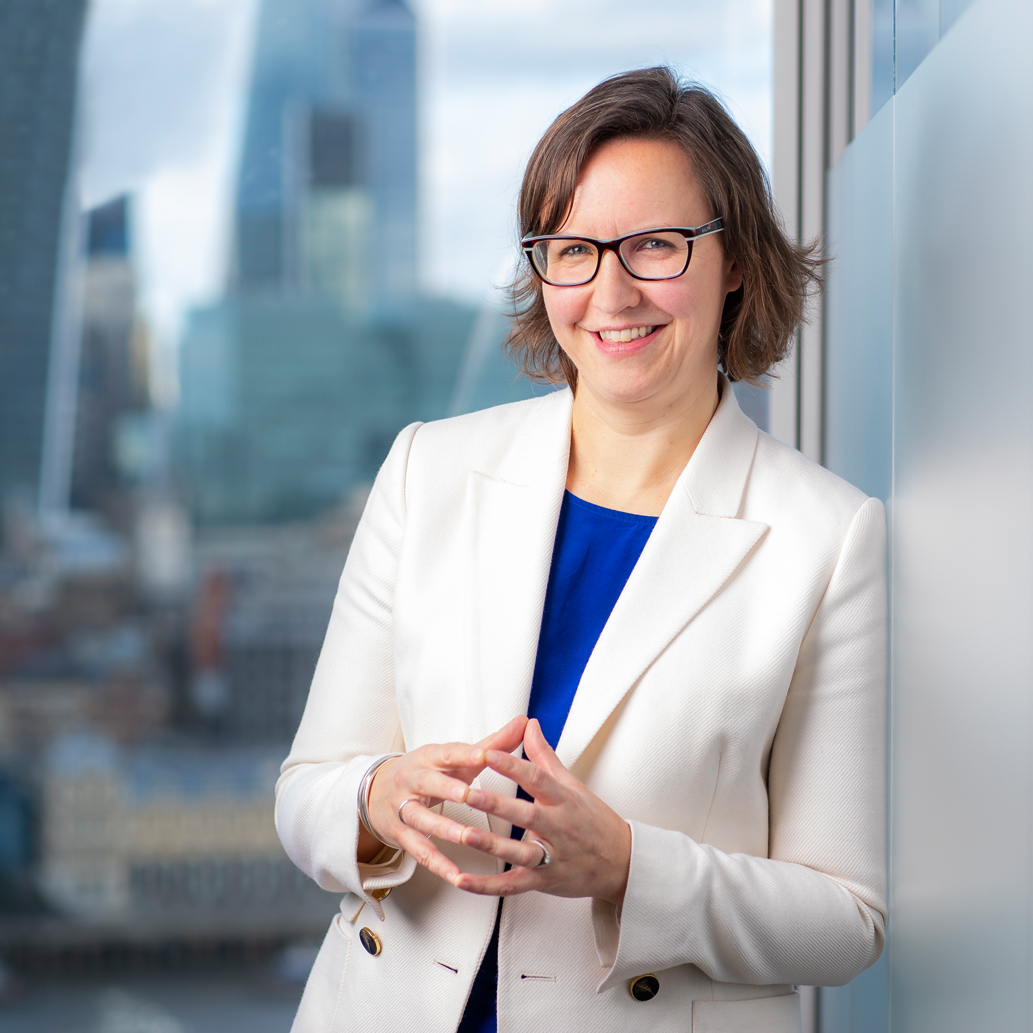Amanda, tell us about your early life and how you ended up on the path to a career in HR?
I went to Warwick University and studied for a degree in history. Most people view the subject as dusty old tomes featuring William the Conqueror and Henry VIII, but such subjects are the big-ticket items. What interested me most was the detail, the minutiae of everyday life and, more than anything, why people throughout history do what they do and the impacts on the wider society and future. So, in a somewhat convoluted and unexpected way, history fuelled my interest in people and what makes them tick. Consequently, after I left uni, I began to research potential people-related career paths and of course HR topped the list. I entered the fray at an interesting time for the profession as it was ditching its stubby brown feathers of transactional-related grunt work and was beginning to emerge swan-like with new scientific and analytic capabilities – basic by today’s standards, as this was the early 1990s – but nevertheless was elevating HR to a new level of competency and kudos. I looked at a number of grad programmes and I joined one at Novar plc, which was a FTSE 250 manufacturing company and had a number of different global locations. I was located in a factory in Hull, where they made boilers, not glamorous but a great introduction to HR basics. It was a heavily-unionised workforce, which gave me a very sound grounding of shop-floor level, nuts n’ bolts workplace issues. I was eventually moved to the corporate headquarters of the company and primarily, I was looking after the corporate leaders and also running the graduate programme. I then moved to the States, working for another part of the business called Indalex Aluminum Solutions, which gave me good US exposure and further broadened my experience, as it meant I’d had three distinct roles within 18 months. So, as grad programmes go, it was pretty comprehensive.
Shortly afterwards, the HR function underwent a massive transformation and I was one of the team leading the setting up of a shared service center for 3000 employees, which gave me great insight into new systems. Once the dust had settled on the transformation, I had the feeling that it was time to move on, another FTSE 250 firm, Invensys, for an HR Manager role, this time in a much bigger technology business. Invensys is made up of four divisions; industrial automation, energy controls, software and railway signalling. The latter comprised largely of teams that had moved over from part of the old British Rail, having TUPEd across into what was called Westinghouse Rail Systems. That was a really sizable HRO, requiring a lot of transformations and at that stage, Invensys had recently won a bid for the re-signalling of the London Underground, covering six lines. This was about 2004 and we were carrying out large scale training for a lot of new skills, were also hiring at scale, forming new teams and reforming existing ones. It was a hectic time and then Invensys won the contract to deliver a section of the underground ahead of the Beijing Olympics. We didn’t have an office in Beijing, so I went ahead and recruited the team who would deliver the project. We then won similar bids in Taiwan and then Vancouver, to deliver the re-signalling of their undergrounds, so this led to a lot more international and global work for me. It was such a memorable part of my career, to be involved in these significant projects, a part of delivering on these incredible events, landing, hitting the ground running and being totally absorbed by work that I had never been involved with before.

What was it like to manage this huge infrastructure project, in terms of mitigating t he impact on people and the locality?
In Beijing, it was one of those situations where, in terms of buy-in and engagement from people in the local community, this was seen as hugely exciting. Everyone wanted to be involved in the Olympics, so from our office we were able to recruit for a wide variety of roles and the enthusiasm and quality of people we were able to hire was fantastic. We really tapped into their capability, adaptability and resilience in the underground project. Once my time there was completed, I returned back to the UK and took a corporate role where, once again, the order of the day was restructuring. Invensys was going through a sustained period of disposals and it was now a case for restructuring and determining how the remaining businesses would be structured and supported by global functions. I was working directly with the CFO at this stage, so I was exposed to the real nitty-gritty of change management, in the cut and thrust of some complex M&As. So, the next eight months for me were the worlds of pensions, liabilities and lots of employee relationship work. As HR practice goes, I pretty much had the full experience set. I moved on to managing talent development for the whole group, focusing on succession and spotting potential. It was a hectic time not least that I had two children over those couple of years. On top of that, we managed the final disposal and subsequent sale of Invensys to Schneider Electric, during which I assisted in the integration of Invensys into the receiving organisation – Invensys being 18000 people and Schneider Electric had 140,000. Although I enjoy the challenge of scale, I personally felt that Schneider was probably too big. I really did think that choosing my next role was really important, a role with the potential to make bigger impact. Sage was that company.

Your career was, up to this point, like a double-shot of espresso. So were you looking for some stability in terms of personal development and was that Sage's appeal?
I suppose it does seem that I was thrown in at the deep end for much of my career and that will either make you sink or swim very fast – I guess I was lucky that I was in the latter camp, as I had a series of bosses willing to take a risk on me, but kept an eye on how I was doing. I think it’s a personal mindset whether you think chances are golden opportunities or a poison chalice. In terms of why Sage appealed, one of the leaders I had worked with at Invensys had recently joined the company and he approached me and encouraged me to try for the role of VP Human Resources, Functions at Sage. I duly did and was successful. In terms of appeal, it was the size of business, where you could personally make a discernible difference, whereas in an organisation the size of Schneider Electric, even leaders in the very upper echelons of the business can only make small ripples. I knew this was the time for me to cause more of a wave. Also, after being involved with big scale manufacturing, the world of tech and digital really appealed and, of course, it’s a great British brand. After being in the role for a couple of years, I became Executive Vice President People, leading the functional and regional people business partner team across all locations, before being promoted to Chief People Officer in October 2017. The cherry on the cake for this role was what the board expected from me: “To take the HR helm and help future-ready a company which had incredible legacy, but had all eyes on being a front runner for the future”.

In the past, legacy was considered an important asset. It's a stark change in dynamics now that if a firm is fixated on heritage, it could be the dragging anchor. What was the future vision of Sage?
Sage started with floppy disks that people downloaded, so it was always an on-premise business. The vision was all around having more of our products – and all, ultimately – onto the cloud, so people could access them remotely from anywhere, from any device and automate as much of the workflow as possible. Our job is to take as much work from customers as possible, so that they can run their businesses. Tech is full of start-ups who are small, agile and can move quickly, but what we’re starting to see is that not all of those small organisations look after data carefully and think about how they support and work with customers in the long-term – the bottom line is, creating a trusted brand means putting customers first. Crucially, our legacy has reliability and customer-centricity as a base foundation, it’s how we take that reputation and meet the future. It’s a very powerful opportunity, but nothing can be taken for granted. Vision is one part of the equation, the complexity comes in futureproofing the business and aligning it with the product and services development and, already, that has been a journey for us.
Are there plans for M&A activity, to target smaller tech firms in the future?
Very possibly, as a great deal of Sage’s growth has been through acquisition, so the culture has been very local and family-orientated. When small companies are acquired, often the original founders are still running the business, so Sage is very much the sum of many parts and spiritually dynamic. But what the business had in cohesion and togetherness, it lacked in change and pace mindset and so, as we moved forward, we needed to adopt a small business culture. Concurrently, we also developed a Sage-wide culture that everyone wants to be a part of. So, it’s about injecting the pace and supporting the collaboration that we need, whilst staying true to that family connectivity. Much of my work over the past five years has been about how we strike that balance, with all those fundamental factors in play. It hasn’t been all plain sailing – such things rarely are – and we had to break down some silos, mainly people grasping hold of the tried and trusted procedures, protecting what they have – which is understandable on a personal level – so a lot of our work has been about helping people move forward together.
To support this, during the last year we have developed new Sage values and behaviours, more in step with the driving modernity of the business. But it’s a pointless exercise enforcing values, unless you fully engage all stakeholders to contribute to change. Where a lot of values and behaviour setting can fail is, if it’s entirely devised and executed top down, with very little in the way of collaboration and it becomes a pointless exercise, because people feel patronised and disengaged. We decided to gather as much information as possible on digital platform, facilitated over the course of three days, involving 4000 colleagues across the world. It posed deeper questions about culture, values and behaviours and uncovered what people really felt was important and what we could do better. That really paid off as the feedback was invaluable. But with this sort of feedback, you have to consider the negative as equally important and it was clear that people wanted change to break down silos and for the focus to be more on innovation. So with some vital data, we went to work and over six months – and regularly reverting back to discuss progress with people – we now have a set of values and behaviours that people can really identify and connect with and are robust yet flexible enough to set us on the future path.
How do you strike a balance that has a firm set of values and behaviours, but also allows for diversity of thought and attracts people from different backgrounds?
If your values are primarily based on caring, for communities, customers and colleagues, it sets a powerful basis on which to build. I also think that, not being paternal in approach is important, but more to build empowerment and confidence for people to take control of their lives. So, our focus is very much on how we can help and support people manage their health and energy and their work/life balance. We use technology to communicate and connect and listening is very important. What is also key is to provide the right environment for people to make choices, to really push themselves the extra mile, without setting anyone up to fail. That bits tricky because there’s this sense that technology is just a mad dash and that way lies crash and burn, potentially. What’s important is team alignment, to have teams that work well together with the right level of autonomy and decision-making and to knowledge share and collaborate. It’s not about quick wins, it’s about sustainability and it’s about trust – we want our colleagues to trust the organisation and vice versa and that radiates out to our customers to trust our products and services. That is key when we are talking fast change, trust is the constant. That might seem out-of-step with the disrupted world, but in our markets, there is no compromise. We have to know our customers in order to best support them and that comes through honesty, which is a hard-won and precious commodity that must not be jeopardised by falling short of expectation. We have created an ecosystem of partnerships that is fundamental to achieving great outcomes.
The shortage of skills and talent in the tech sector is a long standing and vexatious issue, what's the prognosis and, more importantly, how can it be remedied?
Yes, competition is hot and we’ve tackled this on a number of fronts. Pipeline is, of course, paramount and we are constantly strengthening our development programmes right from; attracting people to sustaining their development. We of course have the more traditional routes through graduate placement and, in the US, the intern culture is really developed and successful and something we would be keen to support in the UK and further afield. Importantly, it’s about challenging the status quo, so rather than supporting graduates in the more obvious tech-related areas, we’re bringing grads into all functions, particularly in services and marketing. That ties in with building our emerging talent pipeline and what is really crucial here is that we’re not just attracting the typical demographic and that we make sure that we’re focused on diversity. Much has been said about the lack of females in STEM and there are signs that’s improving and so it’s important for businesses like ours to support and capitalise on that – equally with BAME students and military veterans and those that have been out of the workplace for a while and want to come back in, for example. The tech sector has been so closed to all but the typical minority, it’s arguable that it has created its own resourcing problems. For sure, more needs to be done to realise the potential of those resources and give people equality of opportunity. It’s not enough to just work in partnership with specific universities, we have to shine a big beam of light down that pathway and really walk the talk. Our flagship programmes are at least 50-50, male/female and in some cases, females are in the majority. That is the only way to finally break this stalemate, but it will take time – some say it’s too late, but that is just an excuse for doing nothing with old mindsets that can’t be bothered to change. In my opinion, there is always a big price to pay for complacency.
What is your main focus right now?
In the past six months, we’ve acquired three businesses that have brought in incredible talent, particularly in artificial intelligence and machine learning. This is bringing incredible insight and solutions that complement what we already have and we’re seeing fantastic talent dispersing right across the business. A case in point is our Chief Technology Officer Aaron Harris, who joined us through acquisition two years ago. That is key to successful M&As to appreciate and understand the talent and knowledge in people, as opposed to just bidding to gain possession of the technology. We’re also continuing to develop our teams, in fact we’ve just launched a big programme, which is comparing our capabilities versus the skills requirements we will need to be a Software-as-a-Service (SaaS) business and what this means in terms of reskilling and training. So, we’re committed to taking the teams we have and making them future-ready, both for us as a business and the wider tech market. It’s a telling statistic that the average shelf-life of a skill at the moment is about two and a half years, so the cost and resources that need to be committed to L&D is only bound to escalate as the business continues to upgrade and update skills. Ultimately, the tides will change once the industry as a whole opens up every channel to welcome the widest possible diversity and the benefits will be incalculable.
Finally, it does actually sound like the situation in STEM could really change.
It’s been a very frustrating decade, where industry-wide, the penny just wouldn’t drop. Now it is clear and irrefutable that the key to unlocking the STEM skills pipeline is diversity and that inclusion is the route to hitherto untapped potential. Equally, it’s about not making it difficult for people to come to work and that is about really having an understanding of individual circumstances and requirements and being flexible to support people. The return is almost always worth the effort. It’s about breaking down barriers and understanding what makes people tick. Fittingly enough, that is how the interview started.
It's encouraging that despite the prognosis that AI and machine learning will take over jobs, that you are determined to build on the diverse human aspect of the operation.
If we approach this right, we can retrain people to do different things that will help people grow and develop in infinitely more rewarding areas than the drudgery of repetition. In fact, I think the era of the career ladder is resigned to history and the future is about making anything possible for people who want to pursue their ambition. Harmony between technology and people is a perfectly plausible objective and a big part of a rich and diverse work life.












